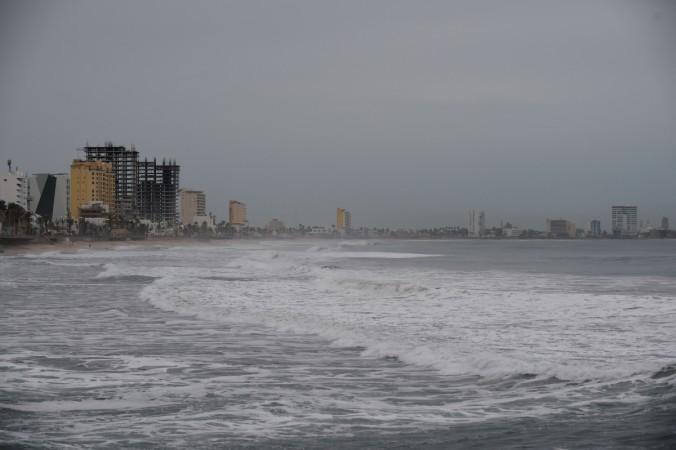
An "extremely dangerous" category 4 hurricane is nearing the Pacific coast of Mexico, bringing in the potential for life-threatening storm surge, wind and torrents of rain, according to weather authorities.
The US' National Hurricane Centre (NHC) said that Willa weakened slightly on Monday afternoon, it was still expected to be a dangerous major hurricane when it slams into Mexico's central Pacific coast "over or very near" Islas Marias on Tuesday morning, CNN reported.
Willa's maximum sustained winds ticked down from 160 mph to 145 mph, bringing the hurricane down from Category 5 strength to Category 4.
Its current intensity is about the same as Hurricane Michael's when it made landfall in Florida's Panhandle two weeks ago.
Willa became a tropical storm on Saturday morning and was a Category 5 hurricane in less than two days.
As of Monday morning, Willa had swelled by 80 mph in just 24 hours.
Storm surge accompanied by "large and destructive waves" are forecast along portions of Mexico's central and southwestern coast, the NHC said.
Dangerous surf and riptides were expected along the southern coast of Baja California late Monday.
Rainfall ranging from six to 12 inches could spawn life-threatening landslides and flash flooding in portions of the Mexican states of Jalisco, Nayarit and Sinaloa, CNN quoted the NHC as saying.
There were 10 major hurricanes this year, including Willa, which ties 1992 as the most major hurricanes seen in the northeast Pacific in one year, CNN said.
Increasing numbers of major hurricanes, along with a greater propensity of storms to undergo "rapid intensification" are expected consequences of warmer ocean waters resulting from climate change.
The ocean waters off the western coast of Mexico are running 1-2 degrees Fahrenheit above average for late October.

















